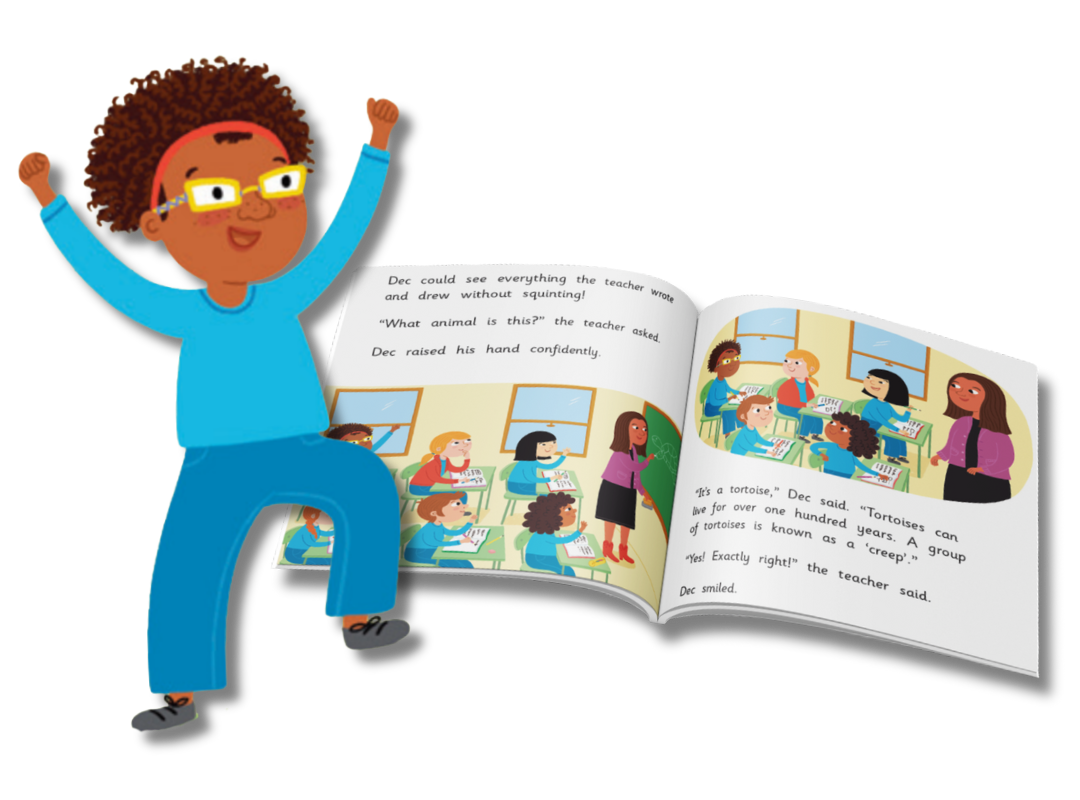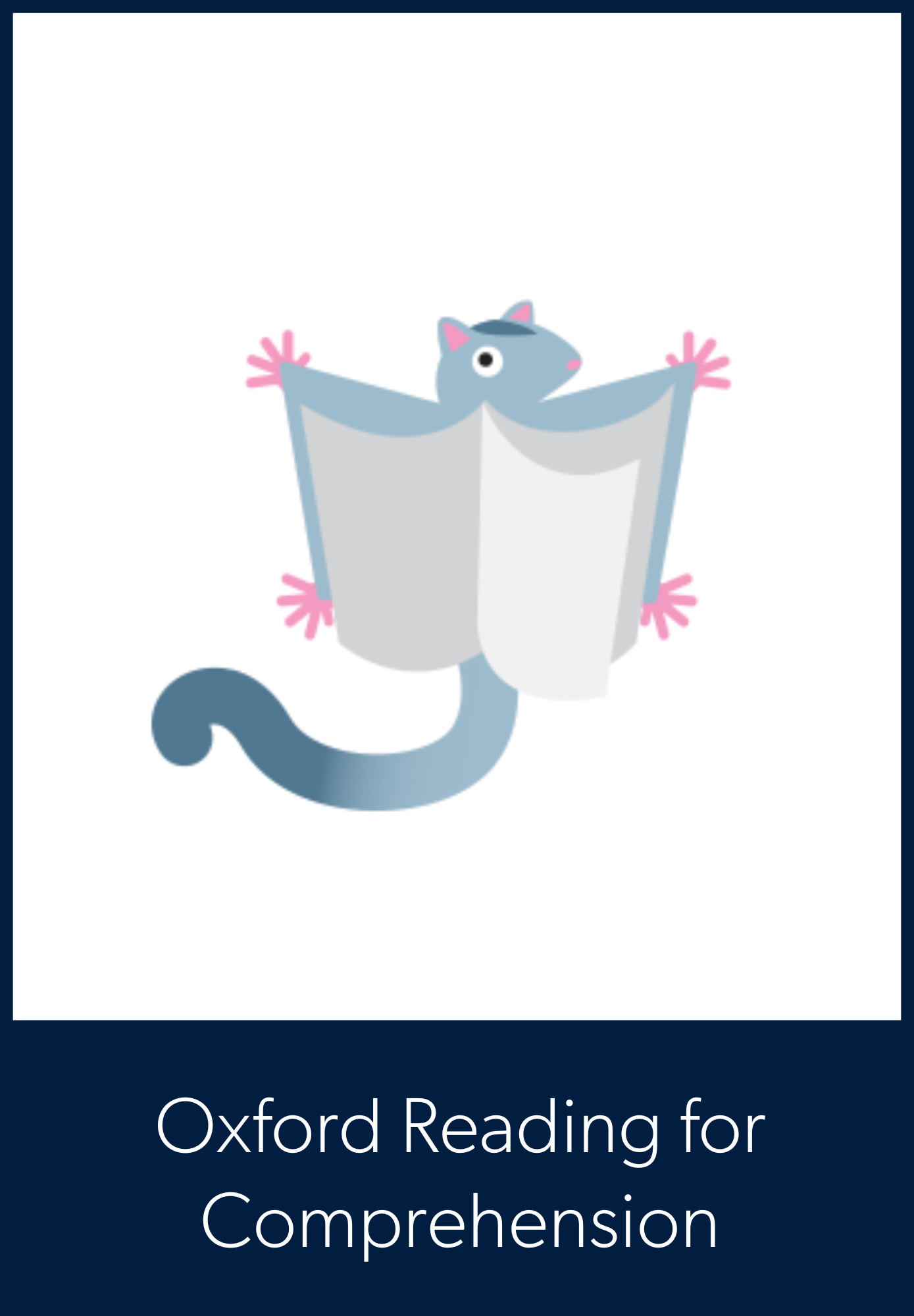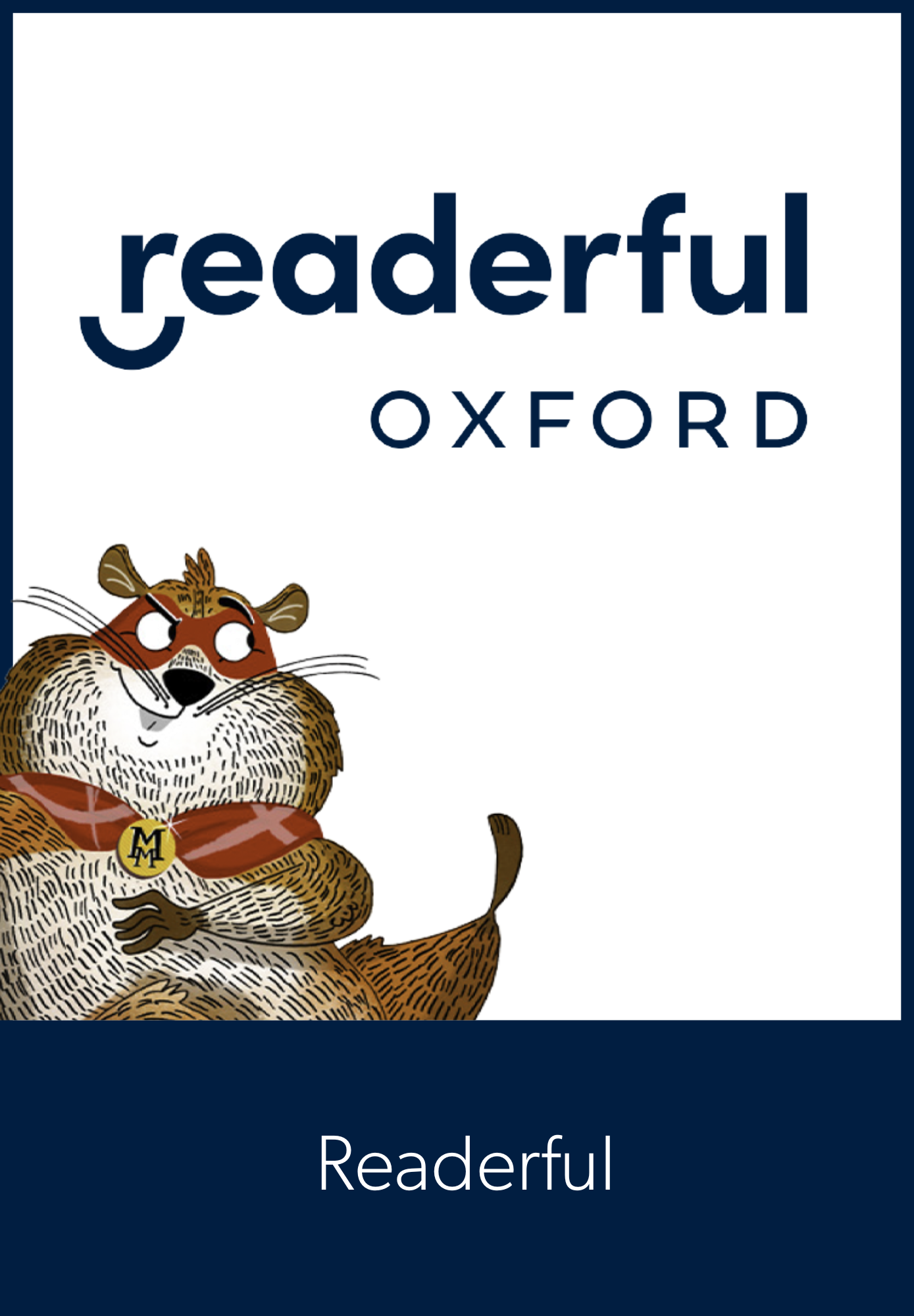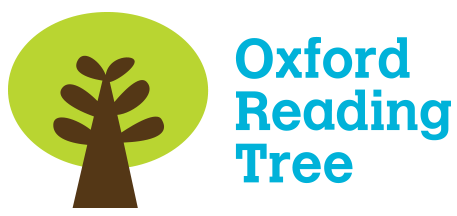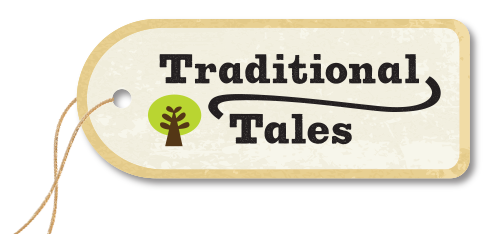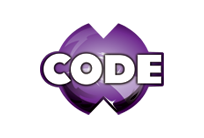Jump to section: Teaching Programs | Decodables | Reading | On-demand Webinars | Request a consultation
Teaching Programs
Fully Decodable Readers

Foundation to Year 2
52 fiction and non-fiction texts, fully aligned to Letters and Sounds.
Learn more
Foundation to Year 4
Small steps of progression to ensure independent reading from day one.
Learn more
Foundation to Year 2
100% decodable retellings of classic tales with clear phonic progression.
Learn moreReading and Comprehension
Practise decoding and comprehension with a curated library
Oxford has over 300 titles that are fully decodable and sequenced to
Letters and Sounds. We've mapped all of the series to each phase, so you can pick and choose your favourites and create your own decodable reading list!
Browse the different series and titles below and use the correlation chart to match them to the Phonics sequence. Then, contact your local Education Consultant to talk through your school's needs and place an order.
Download the correlation chart
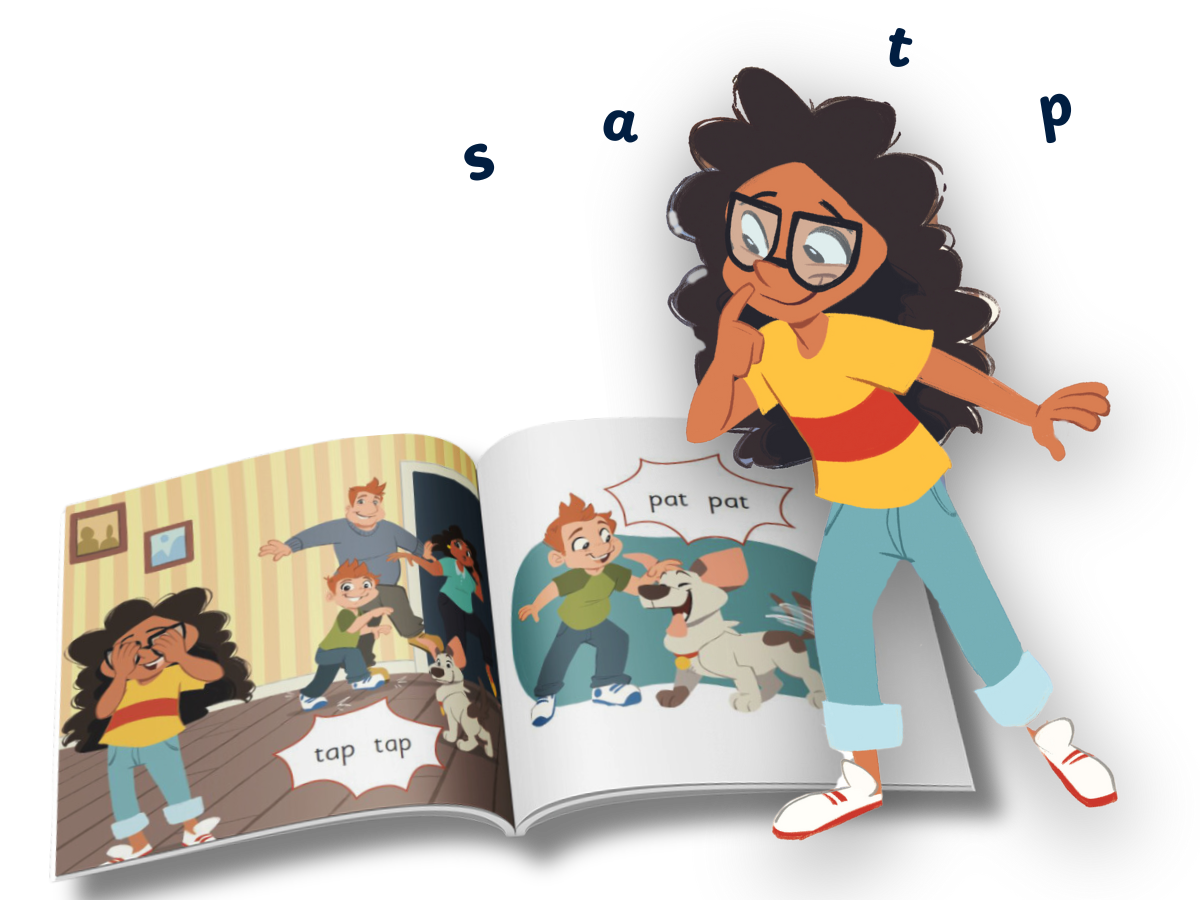
Request a phonics consultation
Let an Oxford Primary Education Consultant guide you to the solution that best suits your teaching needs.
REQUEST A CONSULTATION
